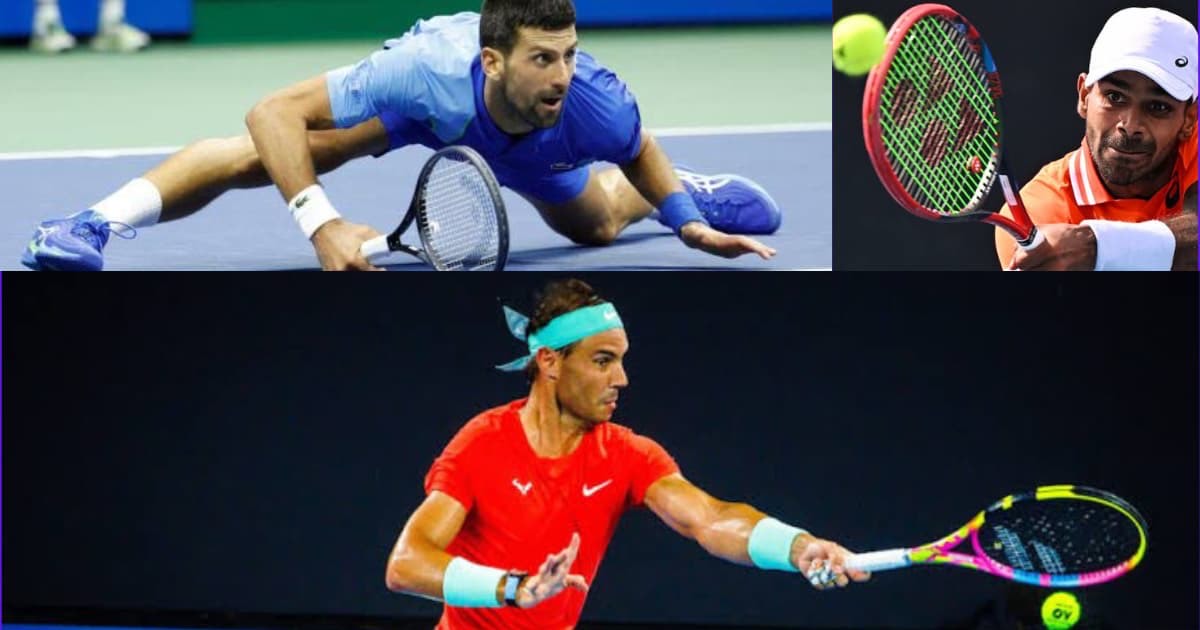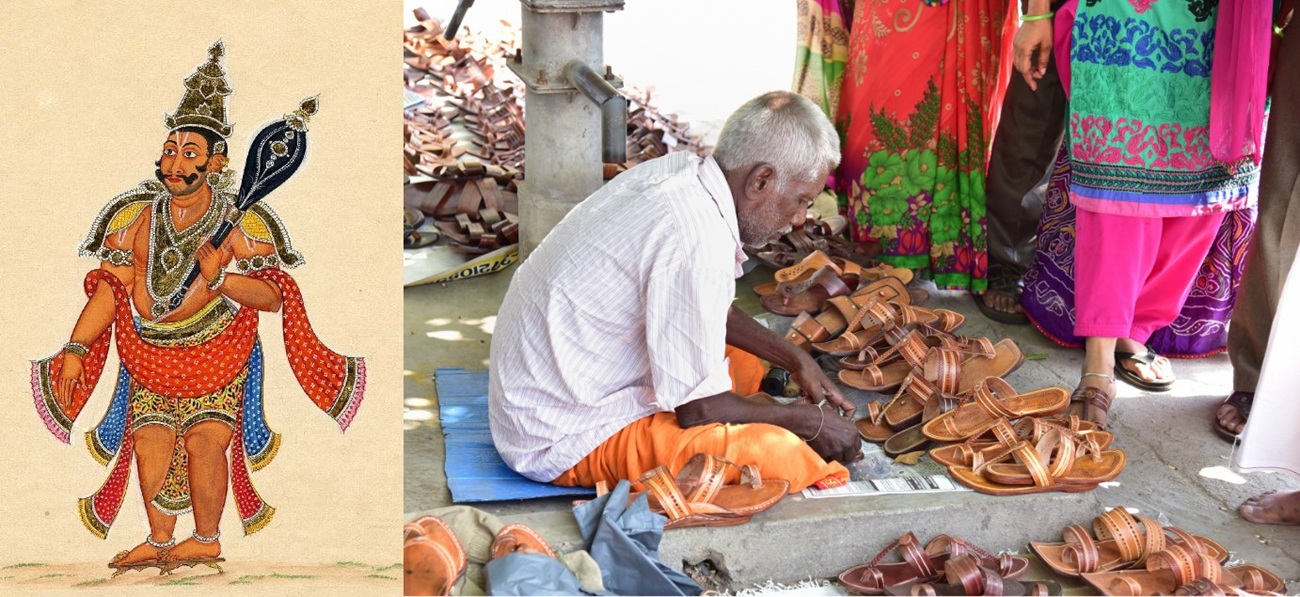
Roland Garros: Whom and What to Look Out For At This Year's French Open
The French Open, commonly referred to as Roland Garros, stands as one of the most prestigious events in the tennis world. Held annually in late May and early June at the Stade Roland Garros in Paris, this Grand Slam tournament is revered for its rich history, challenging clay courts, and unparalleled atmosphere.
This year, the tournament will be held from May 20 (including qualifying rounds) to June 9. Let's take a look at some of the major competitors at this year's event:
Rafael Nadal: The Clay Court Maestro
Rafael Nadal, born on June 3, 1986, in Mallorca, Spain, is revered as one of the greatest tennis players of all time, particularly on clay courts. With a record-breaking 14 French Open titles and many more Grand Slam titles, Nadal's aggressive baseline game, unmatched topspin, and relentless determination have left an indelible mark on the sport. Beyond his on-court prowess, Nadal is known for his humility, sportsmanship, and philanthropy, actively supporting charitable initiatives through his foundation. Despite battling injuries, he continues to inspire fans worldwide with his passion and resilience, solidifying his legacy as a true tennis legend.
Novak Djokovic: The Serbian Sensation
Novak Djokovic, born on May 22, 1987, in Belgrade, Serbia, is celebrated for his unparalleled versatility and mental fortitude on the tennis court. With around 24 Grand Slam titles and a reputation for excelling on all surfaces, Djokovic's relentless work ethic and unwavering focus have propelled him to the pinnacle of the sport. Off the court, he is a devoted family man and philanthropist, using his platform to make a positive impact through his foundation. As he continues to chase records and rewrite the history books, Djokovic's legacy as one of tennis's all-time greats is firmly established.
Iga Swiatek: The Rising Star
Iga Swiatek, born on May 31, 2001, in Warsaw, Poland, has emerged as a rising star in women's tennis with her explosive play and fearless attitude. In 2020, she made history by becoming the first Polish player to win a Grand Slam singles title at the French Open. Known for her powerful groundstrokes and remarkable court coverage, Swiatek's potential knows no bounds. Despite her young age, she exudes maturity and humility, remaining grounded amidst her rapid rise to stardom. With her sights set on more Grand Slam glory, Swiatek's journey to the top promises to be a captivating one, captivating fans around the world with her electrifying style of play.
Sumit Nagal: India's Tennis Hope
Sumit Nagal, born on August 16, 1997, in Jhajjar, India, is a promising tennis player aiming to make his mark on the international stage. This year, he has made it to the main draw of the French Open because of his world ranking of 80.
Nagal first gained attention when he won the Wimbledon boys' doubles title in 2015, showcasing his talent and potential.
In 2019, Nagal made headlines by becoming the first Indian in seven years to win a main draw singles match at a Grand Slam tournament, defeating Roger Federer in the first set of their US Open encounter. This achievement catapulted him into the spotlight and earned him admiration from fans around the world.
Nagal's playing style is characterized by his powerful groundstrokes and aggressive baseline game, making him a formidable opponent on any surface. Despite facing challenges and setbacks, he remains determined and focused on his goal of reaching the top of the tennis world.
As Nagal continues to hone his skills and gain experience on the ATP Tour, he carries the hopes of a nation eager to see him shine on the global stage, representing India with pride and determination.
As scores of topnotch players compete for the title at this iconic competition, let's explore what makes the French Open a true standout event in the realm of tennis.
Origins and History:
The inception of the French Open dates back to 1891, making it one of the oldest tennis tournaments in the world. Originally known as the Championnat de France International de Tennis, it was first contested exclusively by French players and played on the grounds of the Stade Français club in Paris.
In 1925, the tournament opened its doors to international players, evolving into an international championship. It found its permanent home at the Stade Roland Garros in 1928, named after the French aviator Roland Garros, who was the first person to fly solo across the Mediterranean Sea.
Unique Surface and Playing Conditions:
What truly sets the French Open apart from other Grand Slam tournaments is its distinctive playing surface – red clay. The slow, high-bouncing nature of clay courts demands a unique set of skills from players, including exceptional footwork, stamina, and patience.
The surface's ability to absorb spin and soften the impact of shots often leads to protracted rallies and strategic gameplay, favouring players with a strong baseline game. The slower pace of play on clay also provides ample opportunity for players to showcase their defensive prowess and tactical intelligence.
Legendary Champions and Memorable Moments:
Over the years, the French Open has witnessed the rise of numerous tennis legends who have left an indelible mark on the tournament's history. From the dominance of Rafael Nadal, the "King of Clay," with his record-breaking 14 titles, to the elegance and finesse of Chris Evert and Bjorn Borg, the tournament has been graced by some of the greatest players to have ever stepped foot on a tennis court.
Memorable moments abound at Roland Garros, from epic five-set battles to stunning upsets and displays of sheer athleticism. Whether it's Gustavo Kuerten's heartfelt victory celebration by drawing a heart on the clay after winning his first title in 1997 or Justine Henin's relentless pursuit of glory with four consecutive titles from 2005 to 2007, the French Open has provided tennis fans with a treasure trove of unforgettable moments.
Cultural Significance and Atmosphere:
Beyond its sporting significance, the French Open holds a special place in the hearts of tennis aficionados for its unique cultural ambiance. The tournament's location in the heart of Paris, a city renowned for its art, cuisine, and romance, adds to its allure.
From the red clay courts framed by the iconic Eiffel Tower to the passionate cheers of the French spectators, Roland Garros exudes an atmosphere of excitement and sophistication. The tournament's rich tapestry of traditions, including the ceremonious presentation of the Coupe des Mousquetaires and the Coupe Suzanne Lenglen, further adds to its charm and mystique.
Evolution and Innovation:
While steeped in tradition, the French Open has also embraced innovation and modernization to stay relevant in an ever-changing sporting landscape. In recent years, significant upgrades to the facilities at Roland Garros, including the construction of a retractable roof over Court Philippe Chatrier, have enhanced the spectator experience and ensured uninterrupted play, even in inclement weather.
Additionally, the tournament has made strides in promoting gender equality, with equal prize money awarded to male and female competitors—a testament to its commitment to fairness and inclusivity.
The French Open stands as a pinnacle of excellence in the world of tennis, captivating audiences with its rich history, unique playing conditions, and electrifying atmosphere. From the triumphs of legendary champions to the pageantry of its cultural backdrop, Roland Garros continues to inspire and enthrall tennis fans around the globe.
As the tennis world converges on Paris each year for this grand spectacle, the French Open remains a testament to the enduring allure of the sport and the indomitable spirit of competition. As we eagerly anticipate the next chapter in its storied legacy, one thing is certain—the clay-court extravaganza of Roland Garros will continue to captivate hearts and minds for generations to come.
Popular Categories
Read More Articles
Business
D2C plant-based nutrition brand Earthful is hiring Moms to Speak on Menopause & is offering ₹1 Lakh Stipend! by Awadh 360° Desk December 15, 2025India
Appropriation vs. Appreciation: Reclaiming Indian Culture, Craft and Credit by Mohammed M. Raza December 13, 2025Politics
BJP turns to OBC leader Pankaj Chaudhary for UP top post by Awadh 360° Desk December 13, 2025Business
KGMU, Aditya Birla Capital Inaugurate State-of-the-Art BMT Ward to Transform Cancer Care in Uttar Pradesh by Awadh 360° Desk December 12, 2025



